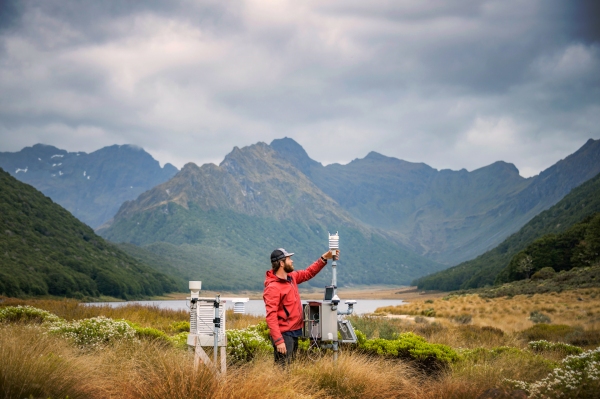NIWA climate scientists are redefining what’s normal when it comes to the weather.
A team of technicians and researchers are embarking on a major project to update New Zealand’s “Climate Normals” that will take at least six months to complete.
Climate Normals are what scientists define as an average statistic based on a 30-year timespan. So when climatologists describe rainfall amounts as “above normal” or temperatures as “below normal”, they are currently comparing the figures to a 30-year average of data collected between 1981 and 2010.
Climate Normals are important because they act as a benchmark against which recent or current weather observations can be compared and are also widely used as a representation of the most likely climate conditions for a given location and time of year.
But soon “normal” will shift to the new 30-year timespan between 1991 and 2020. The change has been prompted by the World Meteorological Organization (WMO) who determine the 30-year period as the accepted statistical convention. Updating to the new 30-year time period is a requirement for all WMO member countries around the globe.
The switch won’t change any actual weather measurements, but due to our warming planet, it will mean the new temperature normal will be higher than previously.
Technological advances have also been huge in the past 30 years which has meant changes to the way data are collected.
Principal climate technician Andrew Harper says his team continually undertake field verifications of the data they are collecting and calibrate the instruments.
“This is especially important because there has been a proliferation of different types of weather stations in recent times and we need to ensure that they each measuring the variables the same way.”
Climate scientist Raghav Srinivasan says the process of changing the normal takes several steps. After site checks data must be quality controlled, audited and standardised.
One of the crucial steps is identifying and then filling gaps in the data. Gaps can be caused by a range of issues from severe weather damaging the weather station, transmitting malfunctions and something as simple as a spider web affecting the size of a hole through which rain passes into a measuring container. Filling the gaps can be done using a range of calculations partly derived from data of nearby stations.
“Even if there is a complete 30-year record we need to make sure it is good quality so we follow several processes, including auditing selected variables,” Srinivasan says.
It is a detailed and painstaking process that he likens to good housekeeping.
“It’s a chance to look back and check the data and go into the details and it’s going to take quite a few of us to achieve.”
“Tracking changes over time is fundamental to climate science.”
It is expected the new Climate Normals will be ready at the end of the year.

